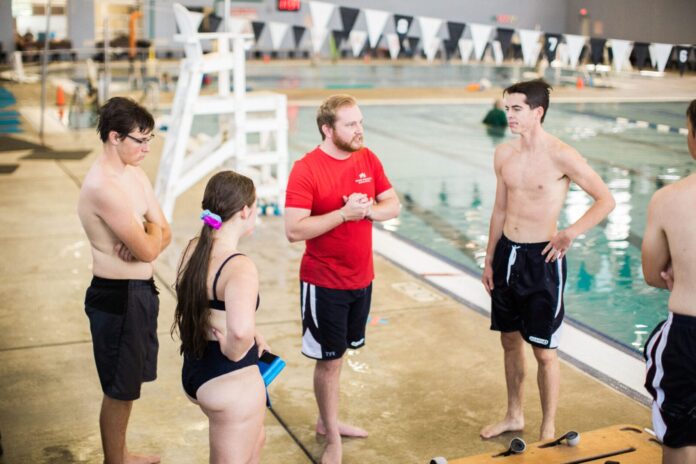When it comes to choosing the right lifeguard course, there are a few important guidelines that you should keep in mind. Whether you are looking to become a professional lifeguard or simply want to improve your skills and knowledge, it is crucial to find a course that meets your needs and requirements.
Here are ten guidelines to help you choose the right lifeguard course:
1) Accreditation
Look for courses that are accredited by recognized organizations such as the American Red Cross or the National Safety Council. Accreditation ensures that the course meets high standards of quality and that you will receive a recognized certification upon completion.
2) Course Content
Make sure the course covers all the essential topics required to become a lifeguard, including water rescue techniques, first aid and CPR, and emergency response protocols. The course should also include practical training and simulations to help you develop your skills.
3) Instructor Qualifications
Check the credentials and experience of the instructors who will be teaching the course. They should have the necessary certifications and experience to provide you with the knowledge and skills you need to become a lifeguard.
4) Course Schedule
Look for courses that fit your schedule and availability. Some courses may be offered during the day, while others may be offered in the evenings or on weekends. Make sure the course schedule works for you before enrolling.
5) Course Duration
Consider the duration of the course and whether it fits your timeline. Some courses may be more intensive and require longer periods of study, while others may be shorter and more condensed.
6) Course Location
Look for courses that are offered in a location that is convenient for you. If the course is too far away or difficult to access, it may be challenging to attend all the classes and complete the course requirements.
7) Course Cost
Consider the cost of the course and whether it fits your budget. Some courses may be more expensive than others, but the investment may be worth it if the course provides high-quality training and certification.
8) Course Format
Choose a course format that works for your learning style. Some courses may be offered in-person, while others may be offered online. Consider which format will help you learn best and fit your schedule.
9) Course Reputation
Look for courses that have a good reputation within the industry. Ask around and read reviews and testimonials from previous students to get an idea of the quality of the course and the training provided.
10) Course Requirements
Make sure you meet all the course requirements before enrolling. Some courses may have age or fitness requirements, or require certain certifications or prerequisites. Check the requirements carefully before committing to a course.
Choosing the right lifeguard training is essential for anyone looking to become a professional lifeguard or improve their skills and knowledge. By following these guidelines, you can find a course that meets your needs and provides you with the training and certification you need to become a confident and competent lifeguard.
Conclusion
In conclusion, choosing the right lifeguard course is critical to ensuring you receive the necessary training and certification to become a successful and effective lifeguard. By following the ten guidelines outlined in this article, you can make an informed decision about the course that best suits your needs and requirements. From ensuring accreditation and instructor qualifications to considering course content, schedule, location, cost, format, reputation, and requirements, taking the time to carefully evaluate your options will help you select a course that provides high-quality training and certification. Whether you are looking to start a career in lifeguarding or simply improve your skills and knowledge, choosing the right course is a crucial first step towards achieving your goals.


